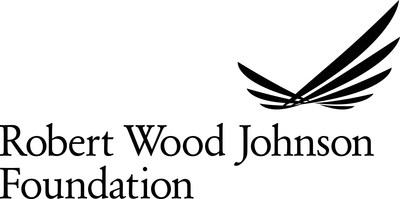County Health Rankings Adds New Broadband Access Measure

MADISON, Wis., May 24, 2021 /PRNewswire/ — More than one in four rural households and nearly one in five urban households lack internet access, according to the County Health Rankings’ new broadband access data. The data reveals a significant challenge during a time when connectivity has proven essential for families.
Released every year by the University of Wisconsin Population Health Institute, with funding from the Robert Wood Johnson Foundation, the Rankings offer an easy-to-use snapshot that compares the health of all counties.
An estimated 19 million Americans lack internet access according to the Rankings’ data. The lack of access could endanger health in all communities, according to Marjory Givens, County Health Rankings and Roadmaps co-director.
“The COVID-19 crisis highlighted the inequities many communities have faced for far too long, and the pandemic has illustrated just how fundamental internet access is to our society,” Givens said. “Broadband touches every part of life – from children being able to log on for remote classroom instruction, or adults being able to access telehealth services, to families being able to order groceries or apply for public assistance.”
Broadband deserts can be linked to a practice called digital redlining, which occurs when network providers systematically exclude low-income neighborhoods from access to broadband services. It is most apparent in urban U.S. counties. Stark differences exist within the nation’s four most populous counties. Census tracts within New York and LA counties range from no households with access to 100%, and wide variation is also reported in Cook County, Illinois (30% to 100%) and Harris County, Texas (35% to 100%).
“Lack of access of high-speed broadband internet is both a rural and urban issue,” said Sheri Johnson, co-director, County Health Rankings and Roadmaps. “Lack of infrastructure investment and digital redlining are driving barriers to opportunity and continuing to push back the starting line for so many. Investing in broadband infrastructure is something we can work on together.”
In addition to the county-level data, the Rankings also features What Works for Health, a database of more than 400 evidence-informed strategies to support local changemakers as they take steps toward expanding opportunities. The Take Action Center also provides valuable guidance for communities who want to move with data to action.
For more information, visit County Health Rankings.
View original content to download multimedia:http://www.prnewswire.com/news-releases/county-health-rankings-adds-new-broadband-access-measure-301297826.html
SOURCE Robert Wood Johnson Foundation
